How School Leaders Can Implement Lessons from Thinking, Fast and Slow
How School Leaders Can Implement Lessons from Thinking, Fast and Slow By Daniel Kahneman
In his bestselling book, Thinking, Fast and Slow. Nobel laureate Daniel Kahneman offers a framework for understanding how our mind works and how we can use it more effectively.
As a school leader, you are constantly faced with decisions that affect the quality of education and the well-being of your students and staff. Some of these decisions are easy and routine, while others are complex and challenging. How do you decide which approach to use when making decisions? How do you avoid common pitfalls and biases that can lead to errors and poor outcomes? Kahneman distinguishes between two systems of thinking:
- System 1 is fast, intuitive, and emotional. It operates automatically and with little effort. We use it to perform simple tasks, such as recognising faces, driving a car, or choosing what to eat. The everyday familiar decisions, how to respond to routine emails and questions.
- System 2 is slow, deliberate, and logical. It requires attention and effort. We use it to solve problems, reason, and make judgments. School leaders use this when planning or tackling unfamiliar challenges.
Both systems have their strengths and weaknesses. System 1 can be very accurate and efficient, but it can also be prone to errors and biases, especially when dealing with complex or unfamiliar situations. System 2 can be very rational and reliable, but it can also be lazy and reluctant to engage, especially when faced with difficult or unpleasant tasks. The key is to know when to trust your intuition and when to slow down and think.
In this article, we will explore some of the main lessons from Thinking, Fast and Slow and how they can help you improve your decision-making as a school leader. We will also provide some practical tips and strategies to apply these lessons in your daily practice.
Lesson 1: Be aware of your cognitive biases
One of the main themes of Thinking, Fast and Slow is that our intuition is not always reliable. System 1 is influenced by many cognitive biases, which are systematic errors in thinking that affect our judgments and decisions. Some of the most common and relevant biases for school leaders are:
- Confirmation bias: the tendency to search for, interpret, and remember information that confirms our preexisting beliefs and opinions, and to ignore or dismiss information that contradicts them.
- Availability bias: the tendency to judge the frequency or probability of an event based on how easily we can recall examples or instances of it, rather than on the actual evidence or statistics.
- Anchoring bias: the tendency to rely too much on the first piece of information we receive when making estimates or judgments, and to adjust insufficiently from that initial anchor.
- Halo effect: the tendency to form an overall impression of a person or a thing based on a single trait or aspect, and to extend that impression to other unrelated traits or aspects. This may be those you are close to in school or those who have supported you.
- Framing effect: the tendency to be influenced by the way a question or a problem is presented or worded, rather than by the objective facts or data.
These biases can affect our decision-making in many ways, such as:
- Confirming our assumptions and preferences, rather than challenging them or seeking alternative perspectives.
- Overestimating or underestimating the likelihood or impact of certain events or outcomes, based on our memory or emotions.
- Being influenced by irrelevant or misleading information, such as the order, format, or source of the information.
- Making inconsistent or unfair evaluations of people or things, based on superficial or irrelevant characteristics.
- Choosing different options or solutions, depending on how they are framed or described.
To avoid these biases, you need to be aware of them and actively counteract them. Here are some tips to do so:
- Seek feedback and input from diverse and credible sources, especially those who may disagree with you or have different perspectives or experiences. The EEF and OfSTED provide well-thought-through guidance, but also seek out ideas from other settings, if you are a special school leader talk to a mainstream colleague. Don’t stay in a silo or echo chamber.
- Use data and evidence to support your decisions, and check the validity, reliability, and relevance of the information you use.
- Consider multiple alternatives and scenarios, and weigh the pros and cons of each option objectively and systematically.
- Review your judgments and decisions regularly, and be open to revising them based on new information or feedback.
- Use clear and consistent criteria and standards to evaluate people or things, and avoid making hasty or sweeping generalizations.
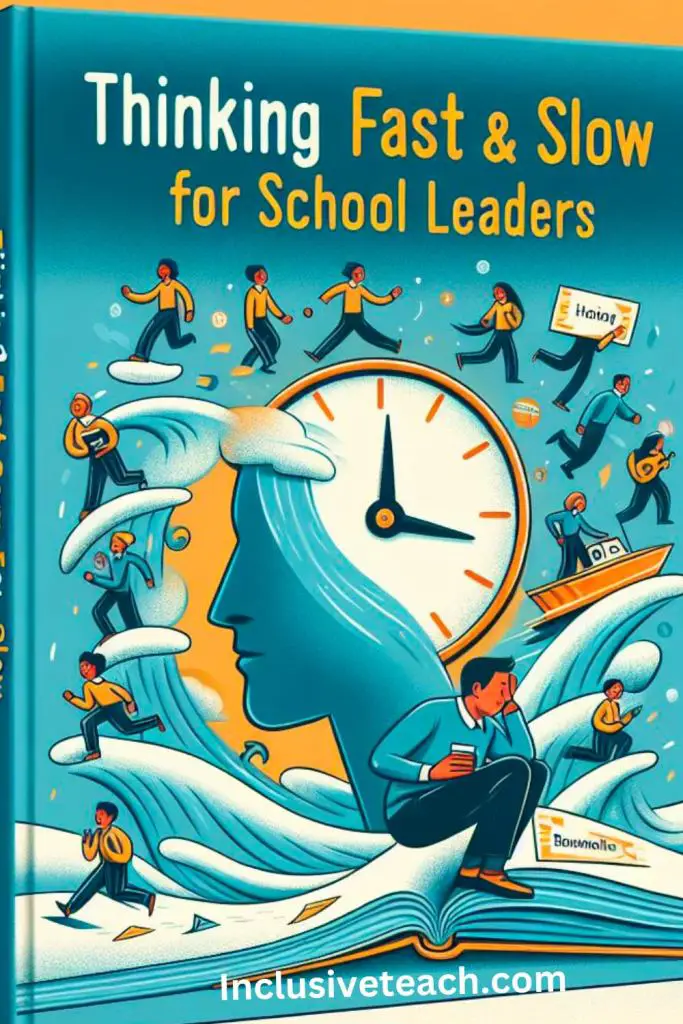
Lesson 2: Engage your System 2 more often
Another main theme of Thinking, Fast and Slow is that our intuition is not enough. System 1 is fast and effortless, but it can also be lazy and unreliable. System 2 is slow and effortful, but it can also be rational and reliable. We need to use both systems in balance, and engage our System 2 more often when making important or complex decisions.
System 2 can help us overcome the limitations and biases of System 1, by:
- Checking and correcting the errors and inconsistencies of System 1.
- Analysing and evaluating the information and options available to us.
- Applying logic and reasoning to the problem or situation at hand.
- Seeking and generating new information and alternatives.
To engage your System 2 more often, you need to be motivated and attentive. Here are some tips to do so:
- Set clear and specific goals and objectives for your decisions, and monitor your progress and performance.
- Allocate enough time and resources for your decisions, and avoid distractions and interruptions.
- Break down complex or large problems into smaller or simpler ones, and tackle them one by one.
- Use tools and techniques to aid your thinking, such as diagrams, charts, lists, or horizon scanning.
Lesson 3: Be aware of your emotions and moods
A third theme of Thinking, Fast and Slow is that our emotions and moods affect our thinking and decision-making. System 1 is not only intuitive and emotional, but also influenced by our emotional state. System 2 is not only deliberate and logical, but also affected by our emotional state. Our emotions and moods can have positive or negative effects on our decisions, depending on the context and the type of decision.
Emotions and moods can affect our decision-making in many ways, such as:
- Influencing our preferences and choices, by making us more or less attracted to certain options or outcomes.
- Influencing our judgments and evaluations, by making us more or less optimistic or pessimistic about certain events or situations.
- Influencing our motivation and effort, by making us more or less willing or able to engage our System 2.
- Influencing our behavior and actions, by making us more or less impulsive or cautious.
To be aware of your emotions and moods, and to manage them effectively, you need to be mindful and self-regulated. This is essential for a headteacher to master:
- Recognise and acknowledge your emotions and moods, and how they affect your thinking and decision-making.
- Express and communicate your emotions and moods appropriately, and seek support and feedback from others when needed.
- Regulate and control your emotions and moods, and avoid making decisions when you are too emotional or recognise you need a break.
- Use positive and constructive emotions and moods, such as curiosity, interest, or excitement, to enhance your thinking and decision-making.
Final Thoughts on Thinbking Fast and Slow for School Leaders
School leaders make many decisions every day, both big and small. Daniel Kahneman’s research shows our minds have two modes – fast intuitive thinking and slower deliberate thinking. It’s important to use both.
One insight is being aware of cognitive biases. For example, the halo effect can influence teacher evaluations if we like someone personally. To counteract this, carefully look at multiple sources of evidence like student progress.
Another is engaging our slower thinking more. A complex issue like a new curriculum requires analyzing different options. Take time for discussion, research what works elsewhere, and get feedback before deciding.
Our emotions also influence decisions. If we’re stressed during budget meetings, we may not think through cuts as well. It’s okay to take a break if upset and come back to the issue with a clear head another time.
Using these strategies can help school leaders make well-reasoned choices that consider multiple viewpoints and lead to positive outcomes for their schools.

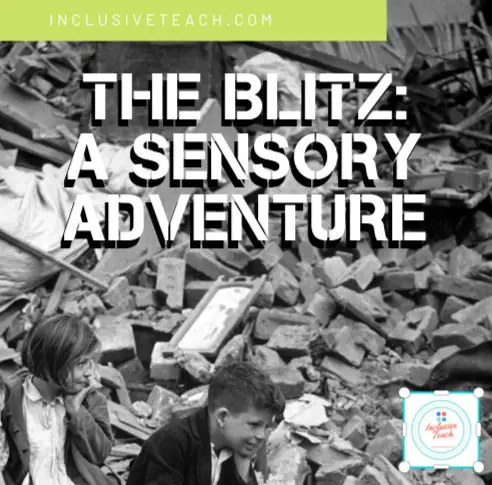


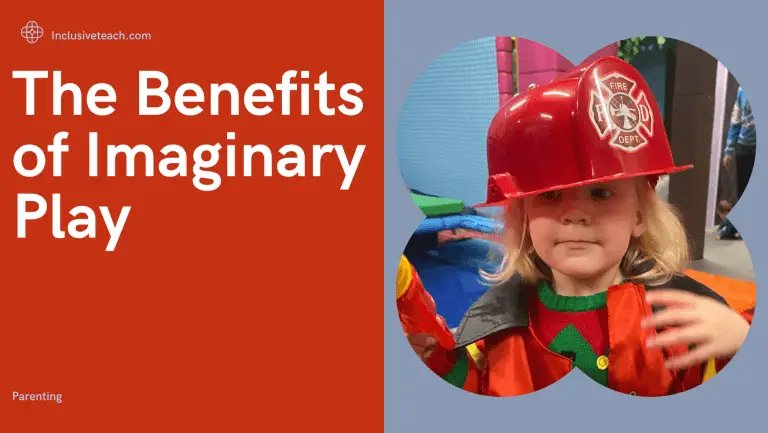
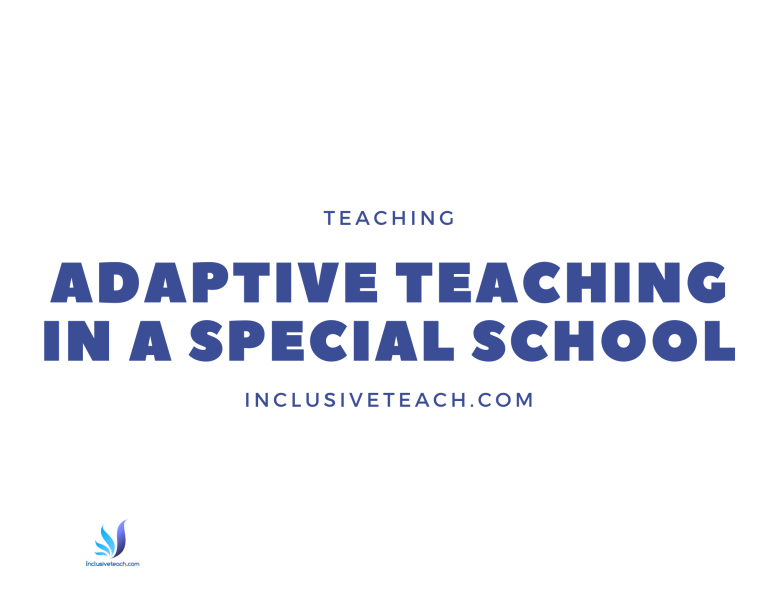
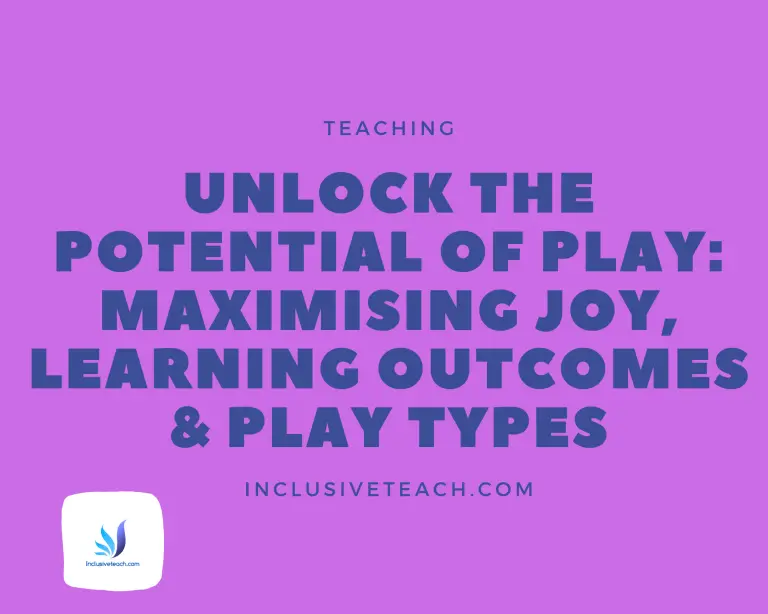
hello, I appreciate this overview of some ideas from the book. I think a lot about emotions and intuition as discredited in western culture. just as thoughts can be slow, emotions can be slow also. I see the discrediting of emotions and intuition as misogynist. probably the book goes into more depth about how what we call “intuition” is often the sum conclusion we make from many small observations, which are real and important. women are often considered emotional and intuitive, and our ways of knowing and thinking are discredited, just as work caring for babies and young children is partly heart-work, and undervalued / underpaid. but what I’m most curious about in this article is how you mention slow thinking as possibly being too slow, and never leading to action. the community I live in right now is very slow in its decision-making, sometimes to the point that decisions are never made. over-reliance on slow thinking hurts us and drags us down. maybe it’s not a coincidence that emotional labor, work around feelings, and care for each other are neglected, in this community. thinking is something we do all day, and I don’t hear people talk much about ways of thinking and intentionality about how to choose to think about a subject or problem. so I’m glad when people talk about it.